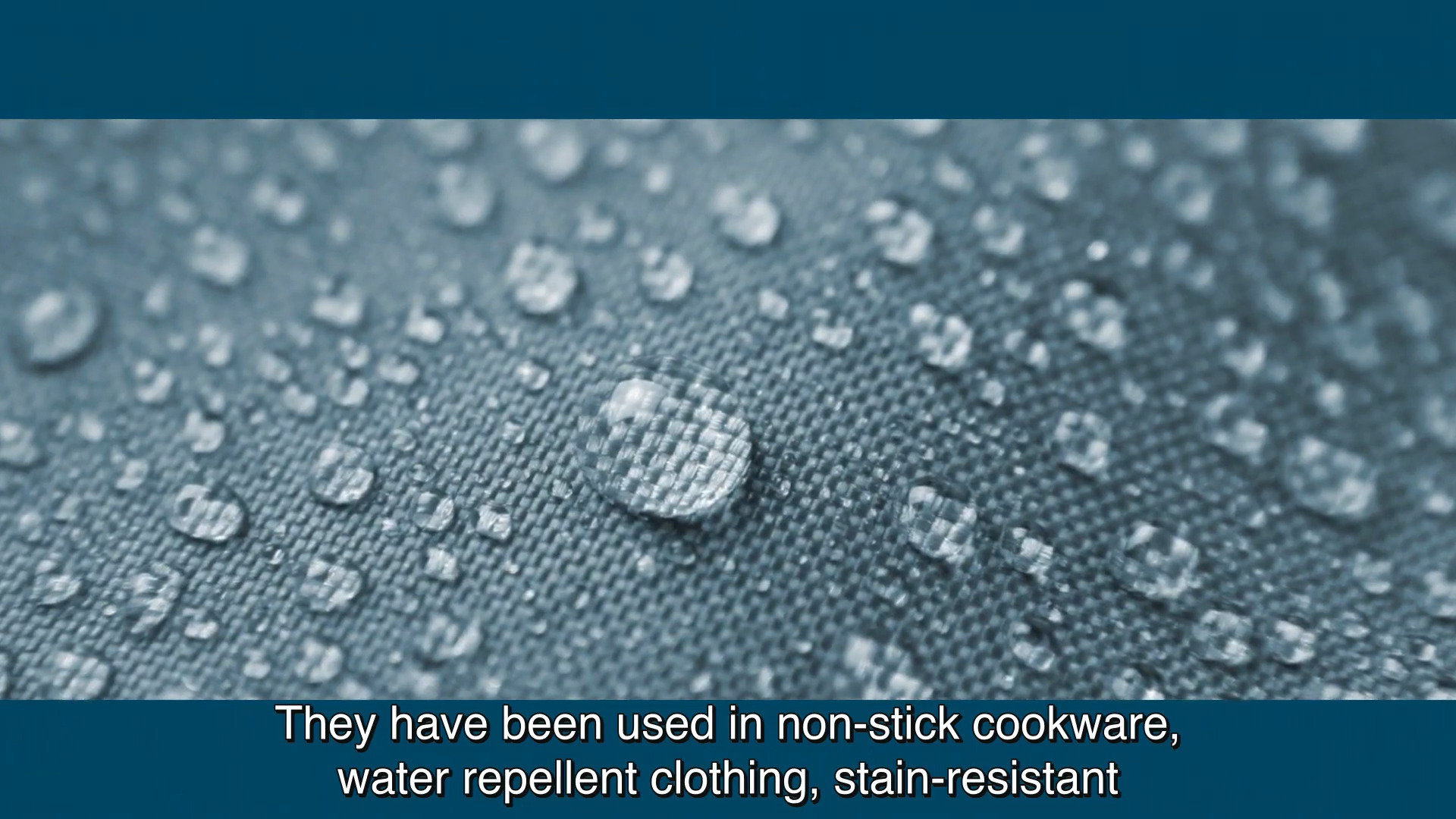In the quiet corners of Capitol in Madison, a seemingly mundane water quality bill is brewing a storm of controversy. The “Drinking water bill under fire for not doing enough on ‘forever chemicals'” is more than just bureaucratic jargon—it’s a battle cry for environmentalists who are desperately seeking a shield against the invisible menace lurking in our water sources. Enter the world of “Pre- and polyfluoroalkyl substances” (PFAS), an ominous term that could be the key to safeguarding our health and well-being.
The Silent Intruder:
Unveiling the Threat of PFAS
As we sip our morning coffee or quench our thirst after a workout, few of us pause to consider the contents of the water flowing from our taps. Yet, beneath the surface of this seemingly innocuous liquid lies a quiet, persistent threat—PFAS. Erik Kanter, the government relations director at Clean Wisconsin, doesn’t mince words when he declares, “We need to act quickly, and we need to find a solution now.” The urgency in his voice echoes the gravity of the situation.
PFAS isn’t just an acronym for environmentalists to toss around—it’s a family of chemicals deeply ingrained in our daily lives. Nonstick pans, firefighting foam, and an array of common products unknowingly harbor these ‘forever chemicals.’ The term ‘forever’ is not hyperbole; PFAS are incredibly resilient, refusing to break down in the environment. This resilience, while impressive from a chemical standpoint, poses a severe threat to human health.
The Human Toll:
Linking PFAS to Health Impacts
The connection between PFAS and various health issues is no longer a speculative theory but a chilling reality. From certain cancers to low birth weights, the toll on human health is evident. Picture this: families across the state, unable to trust the water flowing from their taps, resorting to bottled water as a desperate measure to shield themselves from the contaminant. The insidious infiltration of PFAS into our drinking water has turned a basic necessity into a potential health hazard.
Erik Kanter’s plea for urgency gains resonance as we unravel the web of consequences woven by PFAS. It’s not just an environmental concern—it’s a matter of public health that demands immediate attention. The tainted water is not merely a statistic on a government report; it’s a stark reality that stares at us from the bottles of water lined up in households grappling with the aftermath of contamination.
The Battle Cry:
Pressing for Change in Capitol
In the heart of Capitol in Madison, environmentalist groups are rallying against the seemingly inadequate drinking water bill. It’s not just about passing legislation; it’s about passing the test of time against ‘forever chemicals.’ Erik Kanter’s call to arms is a reflection of the frustration and urgency felt by those on the frontline of this battle. The bill, as it stands, is a mere Band-Aid on a wound that requires surgical intervention.
The challenge is not just convincing lawmakers of the severity of the PFAS crisis but breaking through the everyday complacency that shrouds environmental issues. It’s about making every citizen realize that the water they trust might be harboring an invisible enemy. The battle against PFAS is a collective effort, one that transcends political affiliations and personal ideologies. It’s a fight for the right to clean, uncontaminated water—an essential right that should unite us all.
As we navigate the twists and turns of legislative processes, one thing becomes clear: the urgency echoed by Erik Kanter is not a mere rhetoric. It’s a plea for a proactive stance, a plea to prioritize the well-being of citizens over bureaucratic delays. Inaction is no longer an option when the health of communities is at stake.
In conclusion, the title might be a mouthful, but the issue at hand is even more complex. The battle against PFAS isn’t confined to the hallowed halls of Capitol in Madison—it’s a battle fought in every home, with every drop of water that flows from our taps. It’s a call to action, a call to confront the ‘eternal threat’ lurking in our water, and a call to rewrite the narrative of a future where ‘forever chemicals’ no longer hold sway over our well-being.


Leave a Reply